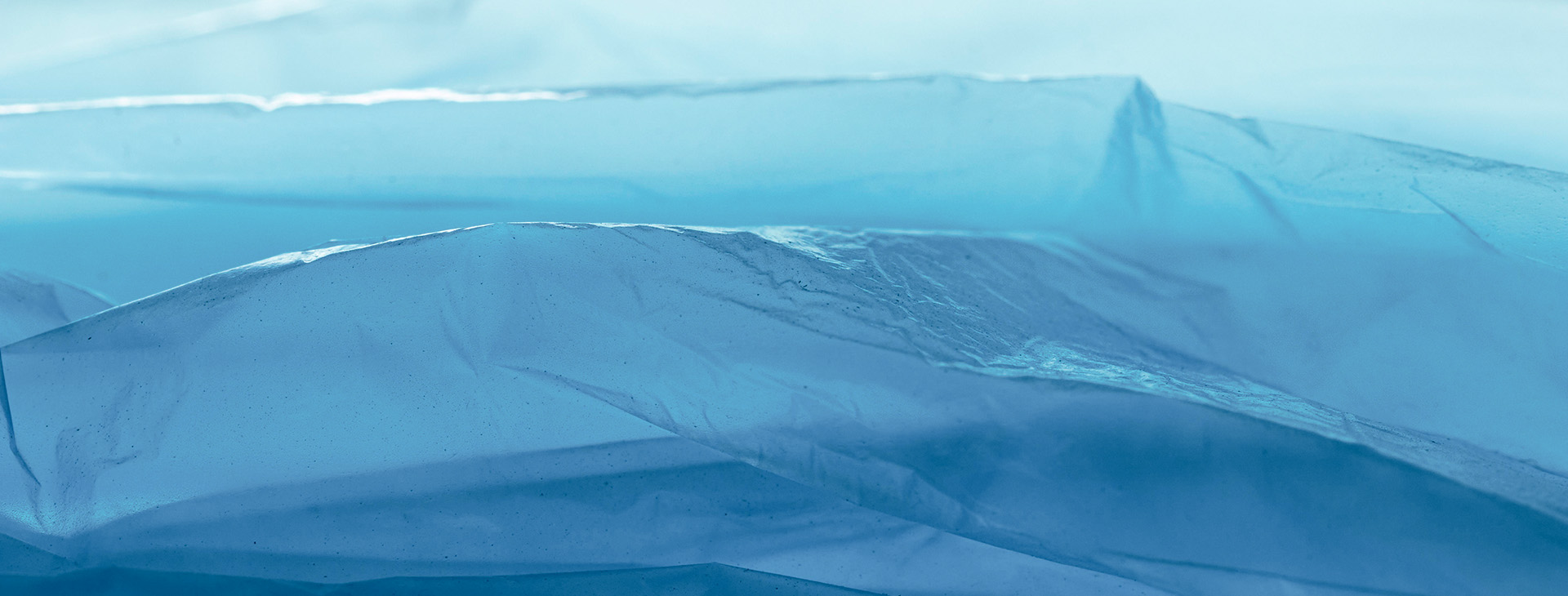Have you heard of the innovative biodegradable plastic Start-Up from London called Notpla? Their motto is “we make packaging disappear”.
Yes, this project cares about the well-being of our planet and has created packaging that can degrade in a short time without causing any damage. Biodegradable plastic is about to become a reality.
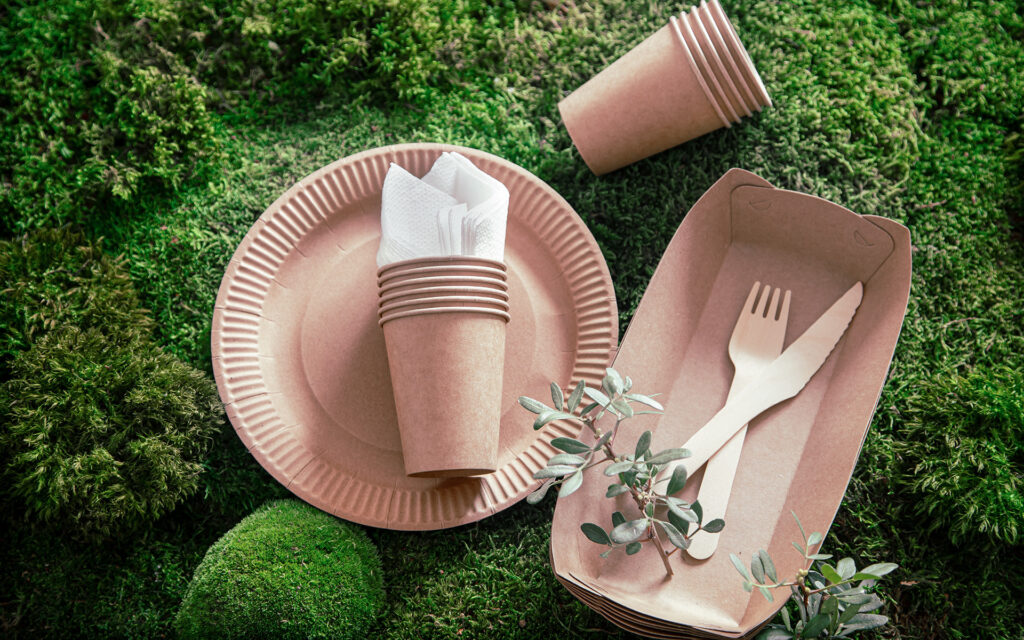
But first, let us take a step back. Although there are companies like Notpla, plastic, its production, use, and disposal are still current problems. The birth and introduction of this innovative material date back to the end of the ‘800s.
The Englishman Alexander Parkes was the first to conduct studies on cellulose nitrate, starting to produce the first semi-plastic material used for the creation of handles, boxes, shirt collars, and cuffs.
Shortly after, the Hyatt brothers patented the celluloid shape, but from a chemical point of view, this material could not be processed at high temperatures, given its high flammability.
The turning point, therefore, comes in the early ‘900s, when chemist Leo Baekeland created a material called Bakelite, deriving from phenol and formaldehyde, up to the discovery of PVC (polyvinyl chloride) by Fritz Klatte.
After the end of the Second World War, thanks to the economic boom and industrialization, plastic found a safe place to flourish and also had rapid development thanks to its flexibility and low production cost. Oil became the raw material for the creation of plastic. To learn more about its history, you can consult this website.
The multiple uses of plastic
The uses of this material are many.
We can find it in food wrappings, given its high preservation power. It is one of the materials used for the creation of garments, such as polyester and Nylon, the latter discovered in 1935 by Wallace Carothers and used for women’s socks, parachutes, sports equipment, or design objects.
Its ease of production has helped to strengthen its dominion in terms of technological progress and taste for design.
In the fifties, many companies began to adopt plastic to produce objects in series and above all, aesthetics. In fact, these are also the years in which collaborations with important designers begin. For example, the first plastic containers and seats created by the Kartell company are born. The colors and bizarre shapes stimulate the senses of the consumer making every object attractive to everyone. Examples are Boeri’s Boborelax (1967) made of polyurethane foams, the bean bag armchair by Zanotta (1969), the Tube Chair by Joe Colombo produced by Cappellini (1969), the Splügen Bräu lamp (1961), the Taccia lamp (1962), the Arco lamp (1962) and the Toio (1962) made by the Castiglioni brothers.
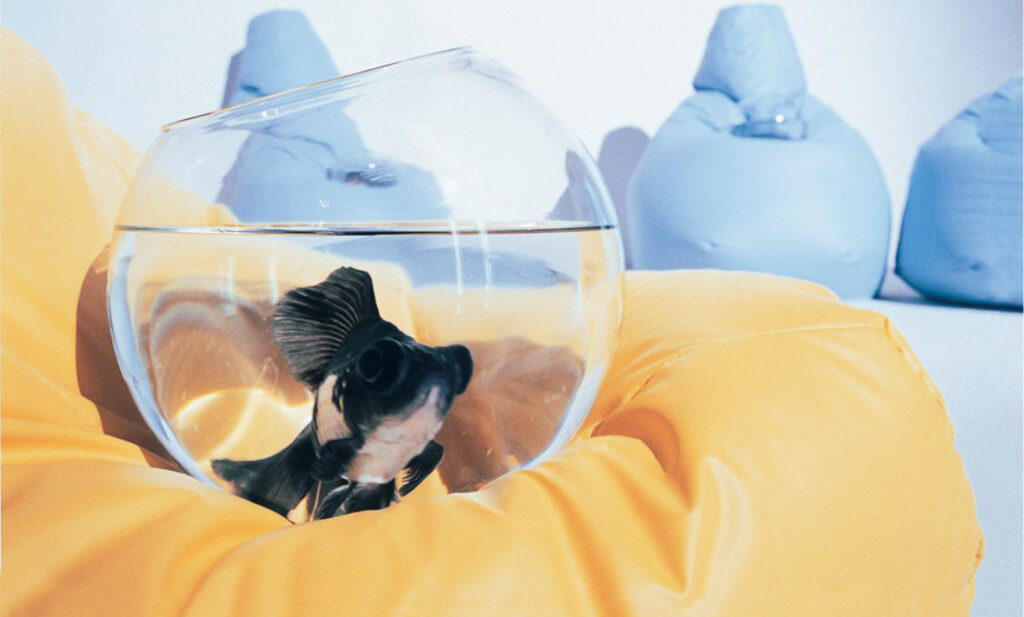
Plastic, consequently, made daily operations more simple, giving a modern and colorful touch to the homes of millions of people.
Around the 70s and 80s, however, began to be a different awareness about this material: it was as innovative as it was dangerous.
The main problem concerns its disposal. Every year, millions of tons of waste are dispersed in the environment, bringing our planet a type of suffering never experienced before.
Many animals, due to the continuous ingestion of microplastics, die faster with consequent modification of the ecosystem. Even for humans, it has been shown that once absorbed, microplastics accumulate in the liver, kidneys, and intestines with the ability to cause oxidative stress, metabolic problems, inflammatory processes, as well as damage to the immune and neurological systems.
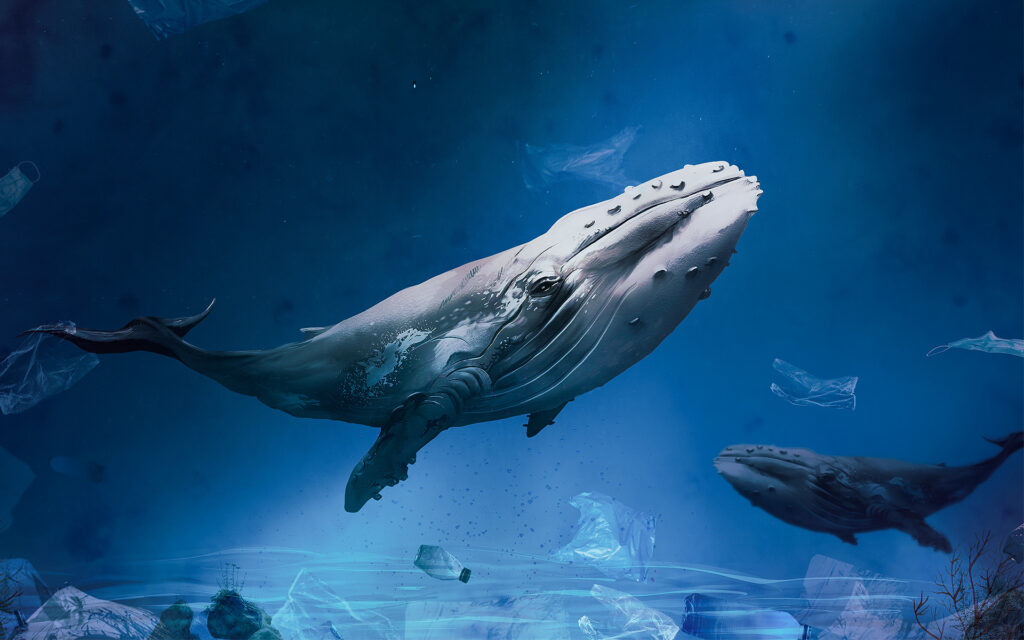
Innovation that can change de future
At this point, the problem we are experiencing is clear to us. Fortunately, there are more projects oriented toward change and solutions. Biodegradable plastic seems to be the future.
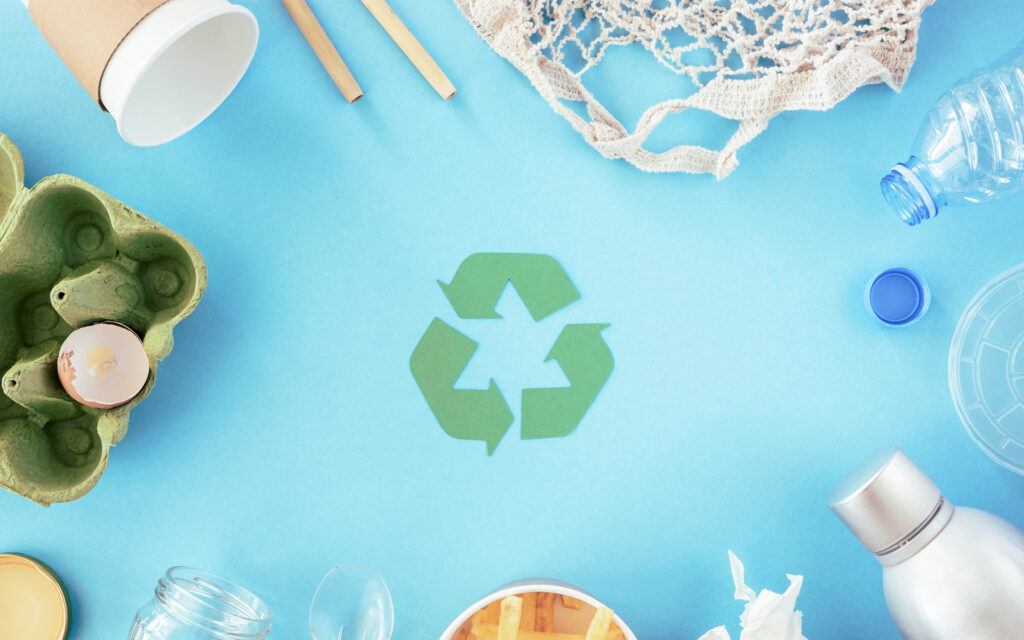
Notpla’s engineers invented a natural plastic wrapping composed of algae grown in northern France that are dried and ground, turning the crumbs into a thick, viscous fluid that produces a plastic-like substance. The classic synthetic material takes many years to disappear, while the Notpla envelope biodegrades within three to four weeks. (Source: Notpla.com)
The Californian start-up, Sway offers a valid alternative based on derivatives of algae. Their cultivation requires only seawater, so it is quick and easy. They are also renowned for being able to remove CO2 from the water.
Chilean designer Margherita Talep explained the simple process behind the creation of this material. It would be enough to boil agar-agar at about 80 degrees Celsius, adding natural dyes and water. All this creates a gelatinous substance that, after drying, turns into a material similar to the plastic itself. For the closure of the packages, moreover, it is preferred to use only heat, thus avoiding using glue.
It is not yet known when this innovation will replace plastic completely, but we know we are facing a big change. For the moment, paying attention to recycling and reusing plastic are important tools to control the problem of excess production and the difficulty of disposal.


